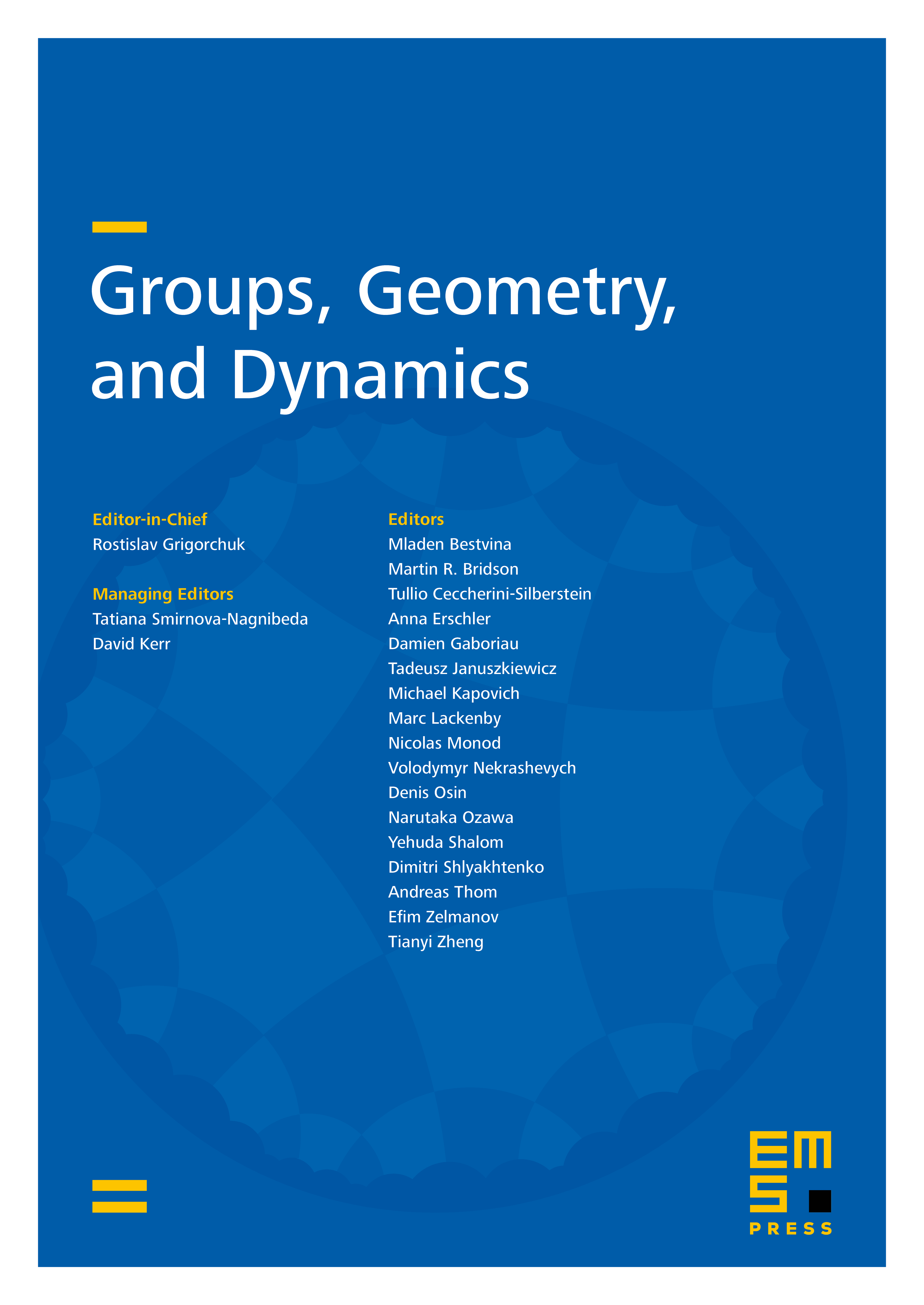Conjugacy in Garside groups II: structure of the ultra summit set
Joan S. Birman
Barnard College, Columbia University, New York, United StatesVolker Gebhardt
University of Western Sydney, AustraliaJuan González-Meneses
Universidad de Sevilla, Spain

Abstract
This paper is the second in a series in which the authors study the conjugacy decision problem (CDP) and the conjugacy search problem (CSP) in Garside groups.
The ultra summit set of an element in a Garside group is a finite set of elements in , which is a complete invariant of the conjugacy class of in . A fundamental question, if one wishes to find bounds on the size of , is to understand its structure. In this paper we introduce two new operations on elements , called ‘partial cycling’ and ‘partial twisted decycling’, and prove that if , then and are related by sequences of partial cyclings and partial twisted decyclings. These operations are a concrete way to understand the minimal simple elements whose existence follows from the convexity property of ultra summit sets.
Using partial cycling and partial twisted decycling, we investigate the structure of a directed graph determined by , and show that can be decomposed into ‘black’ and ‘grey’ subgraphs. There are applications relating to the authors’ program for finding a polynomial solution to the CDP/CSP in the case of braids, which is outlined in the first paper of this series. A different application is to give a new algorithm for solving the CDP/CSP in Garside groups which is faster than all other known algorithms, even though its theoretical complexity is the same as that of the established algorithm using ultra summit sets. There are also applications to the theory of reductive groups.
Cite this article
Joan S. Birman, Volker Gebhardt, Juan González-Meneses, Conjugacy in Garside groups II: structure of the ultra summit set. Groups Geom. Dyn. 2 (2008), no. 1, pp. 13–61
DOI 10.4171/GGD/30